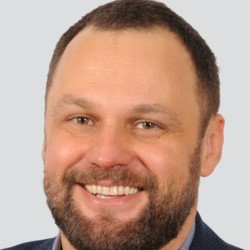Feature Papers
A special issue of Dentistry Journal (ISSN 2304-6767).
Deadline for manuscript submissions: closed (31 December 2017) | Viewed by 39969
Special Issue Editors
Interests: implantology; oral surgery; oral and maxillofacial surgery; jaw malpositions and craniofacial anomalies
Special Issues, Collections and Topics in MDPI journals
Interests: dental implant; periodontitis; guided tissue regeneration; adhesive dentistry
Special Issues, Collections and Topics in MDPI journals
Special Issue Information
Dear Colleagues,
This is a Special Issue of high quality papers in Open Access form by the editorial board members, or those invited by the editorial office and the Editor-in-Chief. The scope of the Dentistry Journal includes, but is not limited to, the following items:
- Clinical outcomes of dental treatment
- Clinical outcomes of surgical treatment
- The study, diagnosis, prevention, and treatment of diseases, disorders and conditions of the oral cavity and the head and neck area
- Dentition and related structures and tissues, particularly in the maxillofacial (jaw and facial) area
- Medical related problems in dentistry, oral and maxillofacial surgery
Prof. Dr. Claude Jaquiéry
Prof. Dr. Patrick R. Schmidlin
Guest Editors
Manuscript Submission Information
Manuscripts should be submitted online at www.mdpi.com by registering and logging in to this website. Once you are registered, click here to go to the submission form. Manuscripts can be submitted until the deadline. All submissions that pass pre-check are peer-reviewed. Accepted papers will be published continuously in the journal (as soon as accepted) and will be listed together on the special issue website. Research articles, review articles as well as short communications are invited. For planned papers, a title and short abstract (about 100 words) can be sent to the Editorial Office for announcement on this website.
Submitted manuscripts should not have been published previously, nor be under consideration for publication elsewhere (except conference proceedings papers). All manuscripts are thoroughly refereed through a single-blind peer-review process. A guide for authors and other relevant information for submission of manuscripts is available on the Instructions for Authors page. Dentistry Journal is an international peer-reviewed open access monthly journal published by MDPI.
Please visit the Instructions for Authors page before submitting a manuscript. The Article Processing Charge (APC) for publication in this open access journal is 2000 CHF (Swiss Francs). Submitted papers should be well formatted and use good English. Authors may use MDPI's English editing service prior to publication or during author revisions.







